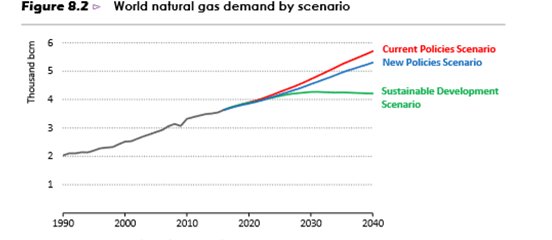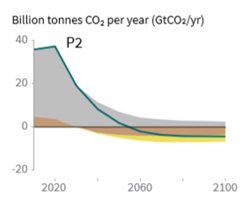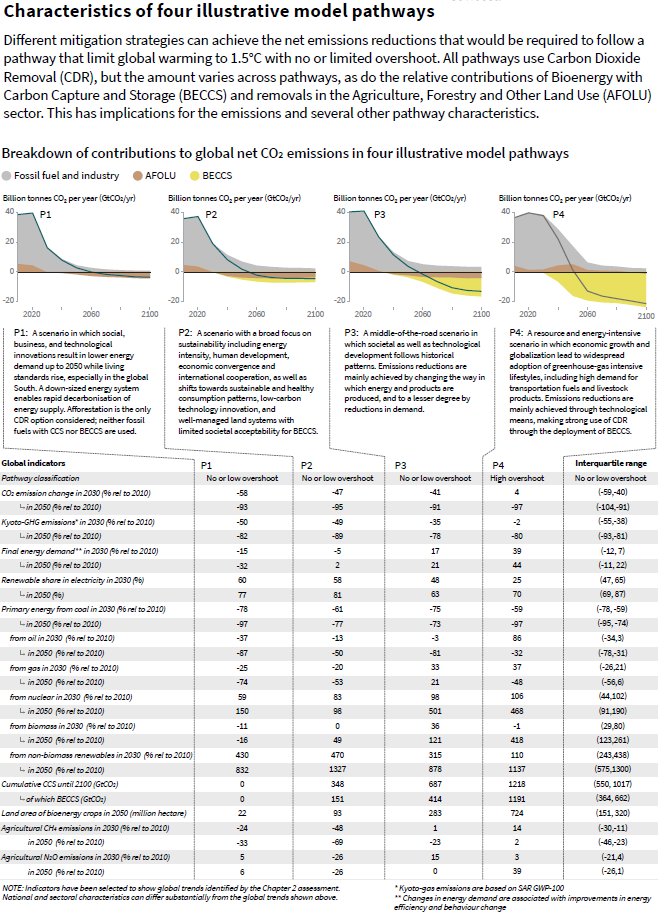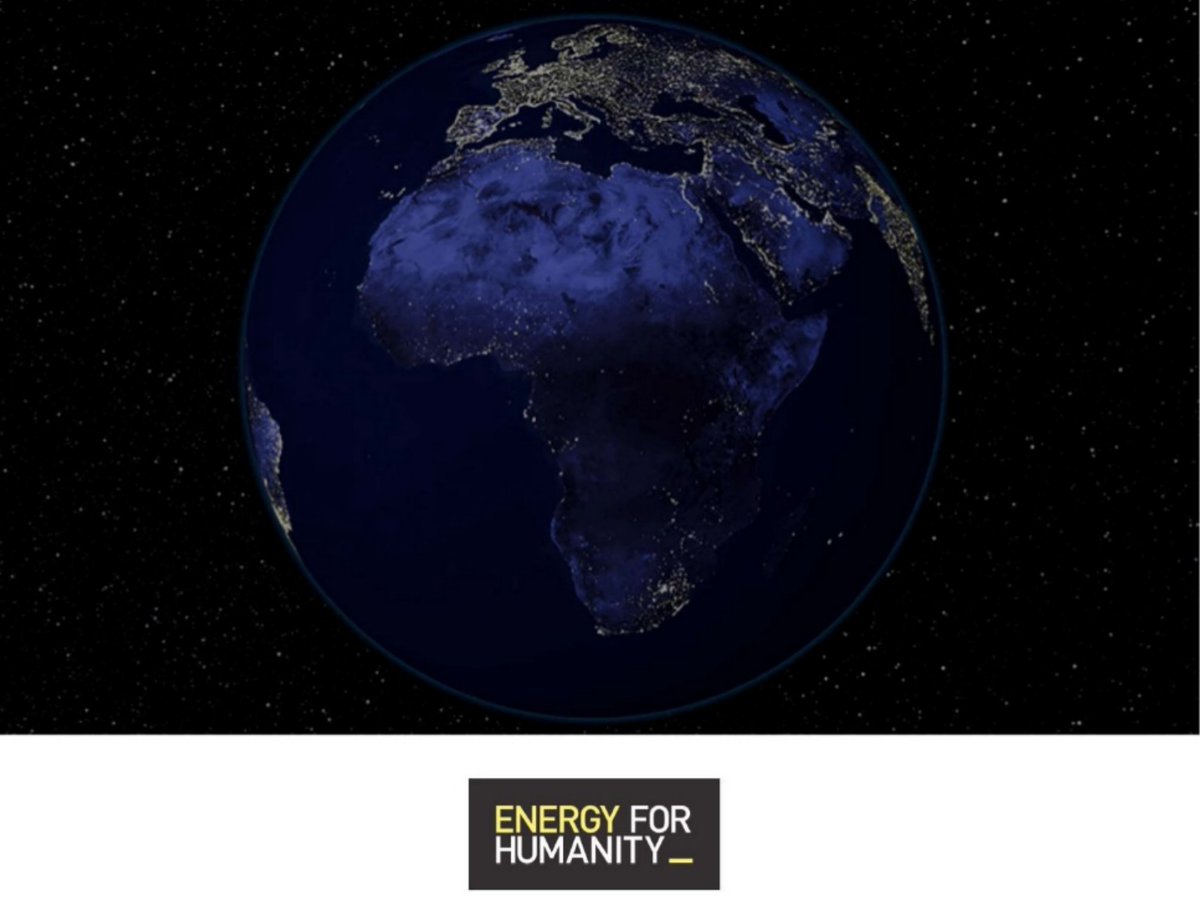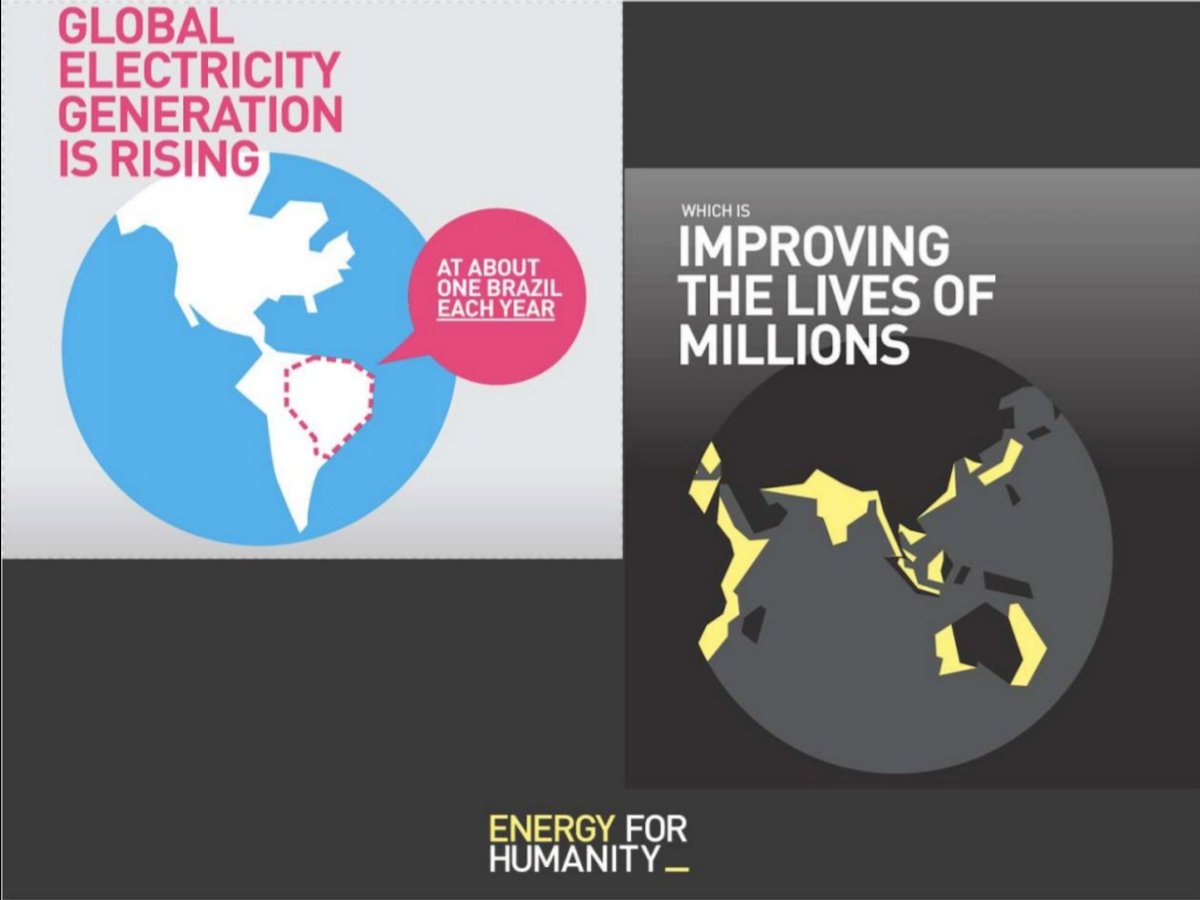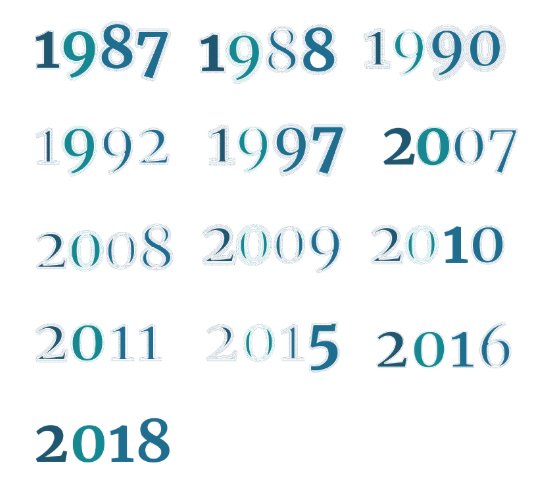The IEA ‘current policies’ projections shows growth for natural gas that goes way beyond any of the main IPCC 1.5⁰C pathways. Current trends are not sustainable.
The exception is a 'goldilocks' scenario with enough BECCS to make atmospheric space for a small increase in gas, but not enough BECCS to displace gas from the energy system.

